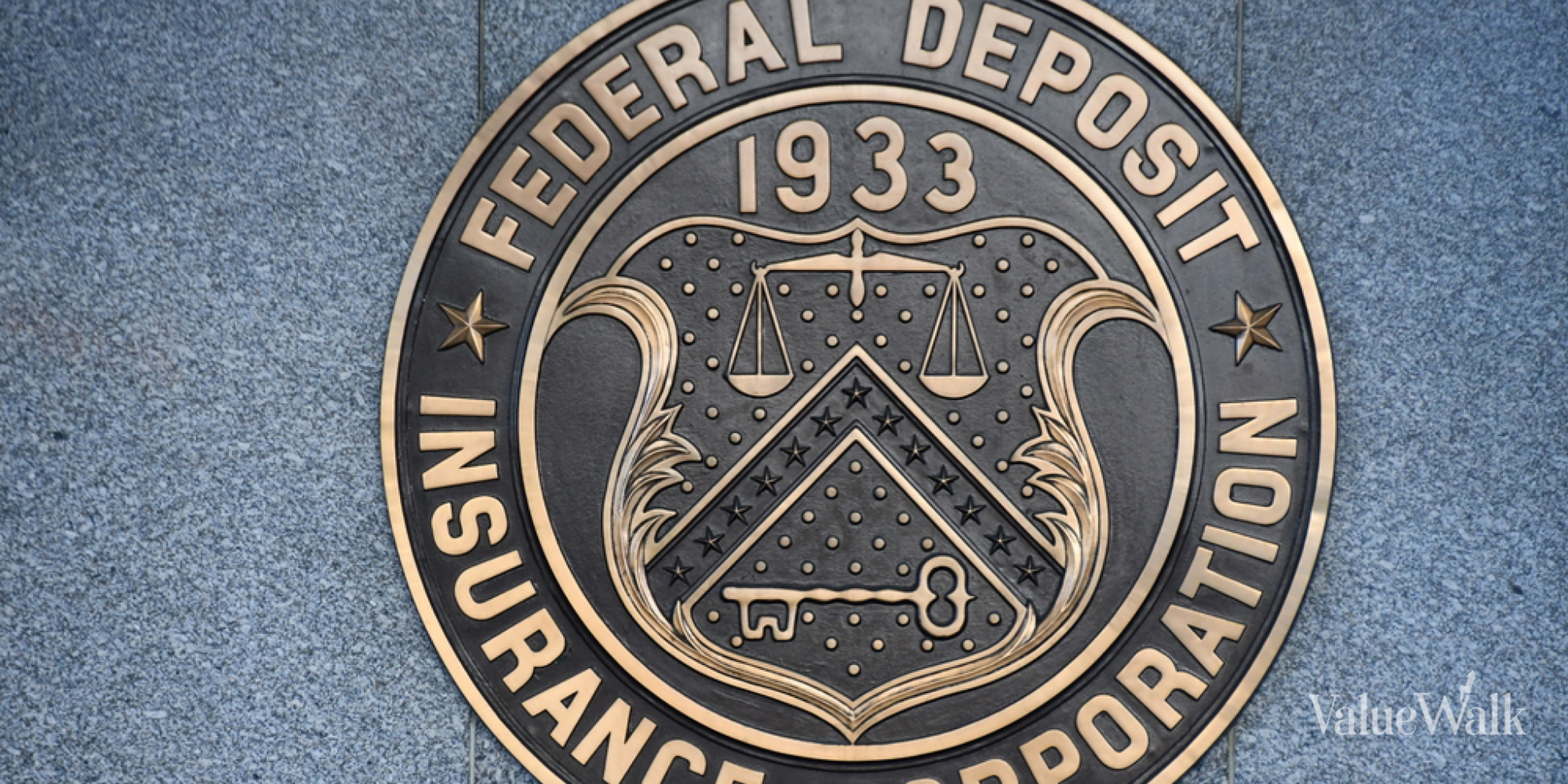A little more than a year after the banking crisis that led to four banks collapsing or liquidating, the first bank failure of 2024 has now occurred. Philadelphia-based Republic First (not to be confused with First Republic Bank), which had traded on the Nasdaq under the ticker “FRBK,” went into receivership last Friday. Its assets were sold to Fulton Bank of Lancaster, Penn., which is owned by Fulton Financial (NASDAQ:FULT).
Republic First’s failure may lead some investors to wonder if this could be just the first of more to come, signaling another crisis in the banking industry. However, there are some key differences between Republic First and the bank failures that occurred last year involving Silicon Valley Bank, Signature Bank, First Republic and Silvergate Bank.
Anatomy of a fall
Republic First Bank has been struggling for a while now, and those problems were exacerbated by the current high-interest-rate environment. In 2021, there had been a proxy battle waged by activist investors seeking to improve the bank’s flagging performance, which ultimately led to the resignation of then-CEO Vernon Hill in 2022.
Also in 2022, an independent auditor warned of weaknesses with Republic First’s internal controls over financial reporting. As a result, the bank was de-listed from the Nasdaq in August 2023 because it did not file a 2022 annual report with the Securities and Exchange Commission (SEC).
Before that, Republic First had been hit hard by rising rates, which severely impacted the value of its mortgage-loan portfolio. Ultimately, the bank was forced to exit the mortgage business in June 2023 and focus on consumer loans. Republic First also pulled back from its New York banking business to focus on its core markets of Philadelphia and southern New Jersey.
The final nail in the coffin came in February when the activist investor group Norcross Braca Group backed out of a deal to invest $35 million in Republic First as part of a $75 million capital raise. Management said at the time that their strategic plan to improve the bank’s fortunes would work even without the capital infusion, but that was not the case.
On Friday, the Pennsylvania Department of Banking and Securities took possession of Republic First, citing its “unsafe and unsound condition.” Pennsylvania regulators then appointed the Federal Deposit Insurance Corp. (FDIC) as the receiver, which then arranged a sale of most of its $6 billion in assets to Fulton Bank.
Not like 2023
With the sale of Republic First’s assets to Fulton, all $4 billion of its deposits will be transferred, and all of the deposits are safe, according to the FDIC and Fulton management. The cost to the FDIC’s Deposit Insurance Fund is $667 million.
“Republic Bank depositors will continue to have uninterrupted access to their accounts through online banking or by writing checks, [and] using existing ATMs or debit cards,” Fulton management said. “Republic Bank depositors will become Fulton depositors and do not need to change their banking relationship to retain their federally insured deposit insurance coverage.”
Additionally, the 32 Republic First branches will reopen as Fulton Bank branches starting this week.
A big difference between this bank failure and last year’s collapses is the size of the bank. With just $6 billion in assets, Republic First is the 211th-largest U.S. bank. All three banks that went into receivership last year were among the top 30 in assets, all with over $110 billion. In fact, Silicon Valley and First Republic were top-20 banks.
Second, while the high-interest-rate environment had a significant impact on Republic First, there were other issues specific to it that contributed to its demise.
Most analysts say that while a higher-for-longer interest-rate environment could present earnings headwinds for regional banks — and could lead to some heightened mergers and acquisitions activity and perhaps even other smaller, one-off failures — the situation should not create the same kind of panic it did last year. Banks today are more prepared for the realities of this high-rate environment.
Fulton’s stock price is up 8.4% this week to almost $17 per share. Meanwhile, the KBW Nasdaq Regional Banking Index is down just 1.8% since the news broke on Friday.





